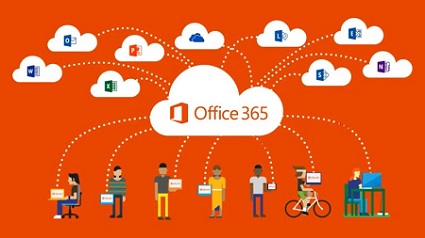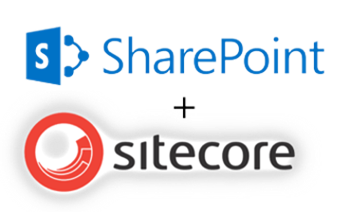Like the rest of the Office 365 platform, SharePoint Online is constantly evolving. Therefore, it's impossible to comprehensively list everything that's new, improved or changed. However, here are some of the most significant or noticeable differences.
 SharePoint serves as the foundation for document and file storage in Office 365. O365 Groups and Microsoft Teams used a SharePoint Team Site to store the group's/team's files. Even OneDrive for Business is built on SharePoint technology. Because SharePoint is integrated with Office 365, documents you store there are available (to those with appropriate permissions) across other O365 services and applications, making it much easier for people to find what the documents they need.
SharePoint serves as the foundation for document and file storage in Office 365. O365 Groups and Microsoft Teams used a SharePoint Team Site to store the group's/team's files. Even OneDrive for Business is built on SharePoint technology. Because SharePoint is integrated with Office 365, documents you store there are available (to those with appropriate permissions) across other O365 services and applications, making it much easier for people to find what the documents they need.
Microsoft has introduced a "Modern" experience in sites, libraries and lists that simplifies and streamlines many common tasks. You can update your site's home page in just a few clicks and easily add image galleries, documents, events and even external content like Facebook pages.
Learn More About Modern Pages
Learn More About Modern Lists and Libraries

Microsoft InfoPath was an application that was widely used to customize SharePoint List Forms and create mini-applications based on SharePoint List data. InfoPath 2013 was the last version released and Microsoft will only support it for a few more years. However, in early 2017, they released PowerApps in Office 365 and have been incrementally expanding its functionality to include most (if not all) of the bells and whistles available in InfoPath. Also, SharePoint is just one data source that PowerApps can leverage; it also supports the use of Connectors to work with data from lots of different sources. Unfortunately, there is no direct conversion from InfoPath to PowerApps (and there won't ever be), so power users will need to spend some time learning PowerApps.
Learn More About PowerApps

SharePoint Designer has long been used by power users to create custom pages or web parts and also for building Workflows to power processes like Leave Time Requests & Approvals. SharePoint Designer 2013 is the final version and support will be ending in a few years. Microsoft Flow, released alongside PowerApps in 2017, takes a similar approach to provide a more flexible and modern workflow experience. Also like PowerApps, Flow can interact with SharePoint data but also many other Office 365 apps and external services. Microsoft Flow includes templates for common workflow functions like Approvals; new templates are being added on a regular basis. Like the PowerApps transition, there is no mechanism for converting SPD Workflows to Microsoft Flows, so power users will need to rebuild their processes from the ground up.
Learn More About Microsoft Flow

Many departments currently use the "SharePoint Dataset" component in Sitecore to feed information form SharePoint Lists or Libraries to their public-facing websites. The existing component works only with our on-premises SharePoint 2010 environment, so a new component will need to be developed to read data from SharePoint Online Lists and Libraries. Drexel IT expects to have this replacement available before the SharePoint 2010 system is shut down. This page will be updated as additional information is available.